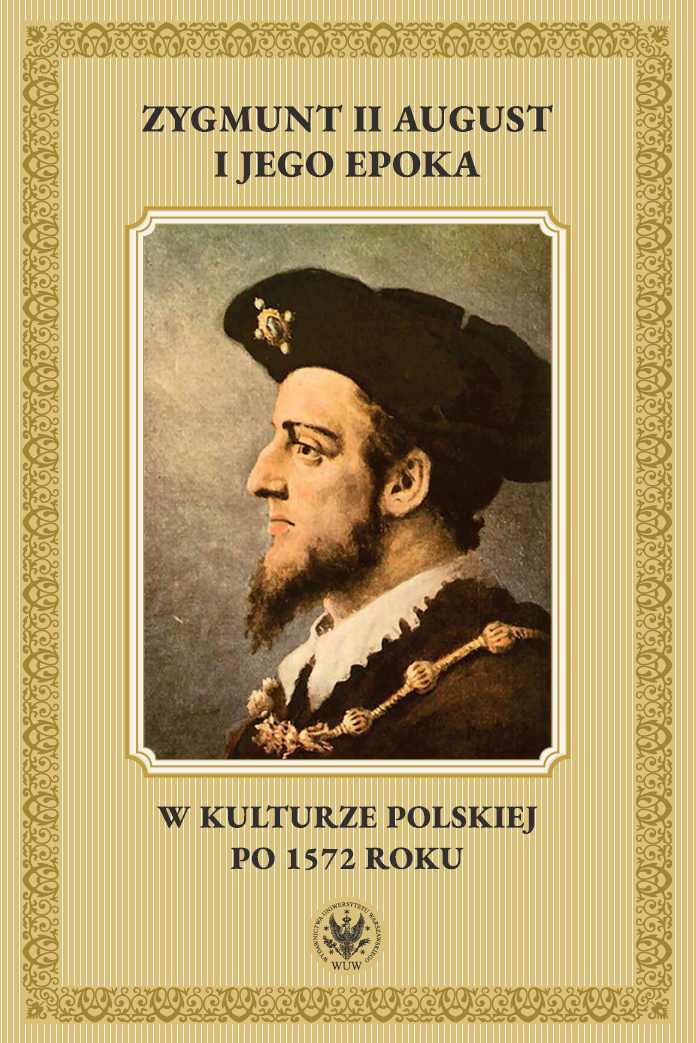Wokół źródeł i kontekstów Zygmunta Augusta Stanisława Wyspiańskiego
Around the Sources and Contexts of Stanisław Wyspiański’s Zygmunt August
Nineteenth-century Publications and the Reception of the Figure of the Last Jagiellonian
Author(s): Marta M. Kacprzak
Subject(s): Cultural history, Modern Age, Recent History (1900 till today), 16th Century, 17th Century, 18th Century, 19th Century, Pre-WW I & WW I (1900 -1919), Interwar Period (1920 - 1939), WW II and following years (1940 - 1949), Post-War period (1950 - 1989), Transformation Period (1990 - 2010), Present Times (2010 - today), History of Art
Published by: Wydawnictwa Uniwersytetu Warszawskiego
Keywords: Sigismund II Augustus; Stanisław Wyspiański; reception of the Old Polish literature and culture 19th–20th century; history of the book and the press
Summary/Abstract: In the political and social circumstances of the partitions, when throughout the 19th century and until 1918, efforts were made to consolidate Polish national identity, interest in Old Polish literature and culture, and especially in the Sigismund times as the “golden age” of the Republic, did not wane. In the historiography, literature and art of the time, in numerous publications in books and periodicals, one can observe a focus on the person of King Sigismund II Augustus. A kind of summation of nineteenth-century knowledge and perceptions of him are the dramatic works, of which the king is the protagonist and which saw the light of day in print and on theatrical stages in the early twentieth century. The most outstanding of these is the unfinished, posthumously reconstructed work Zygmunt August by Stanisław Wyspiański, which seems to be an attempt to synthesize many images of the hero, taken from various sources (lover, husband, son, promoter of Renaissance culture, defender of the Polish language, ruler of the Republic). The text of the drama and the surviving documents confirm that Wyspiański made use of numerous 19th-century publications related to the Sigismund theme, which at the same time provided the context for the reception of his drama by his contemporaries: literary and visual art works, source editions, scientific and popular historical and cultural studies; some of Wyspiański’s reading can be guessed at from their time and place of publication and popularity in the era. In this article, Wyspianski’s history of Sigismund Augustus provides a starting point for observing the 19th-century reception of the figure of the last Jagiellonian, as revealed by the facts from the history of the publishing movement, which are certain or probable sources of Wyspiański’s erudition and artistic inspiration, as well as an appropriate context for analyzing and interpreting his work.
Book: Zygmunt II August i jego epoka w kulturze polskiej po 1572 roku
- Page Range: 190-229
- Page Count: 40
- Publication Year: 2023
- Language: Polish
- Content File-PDF

